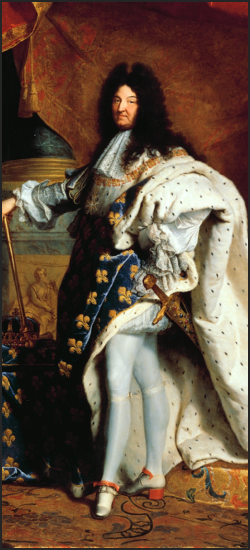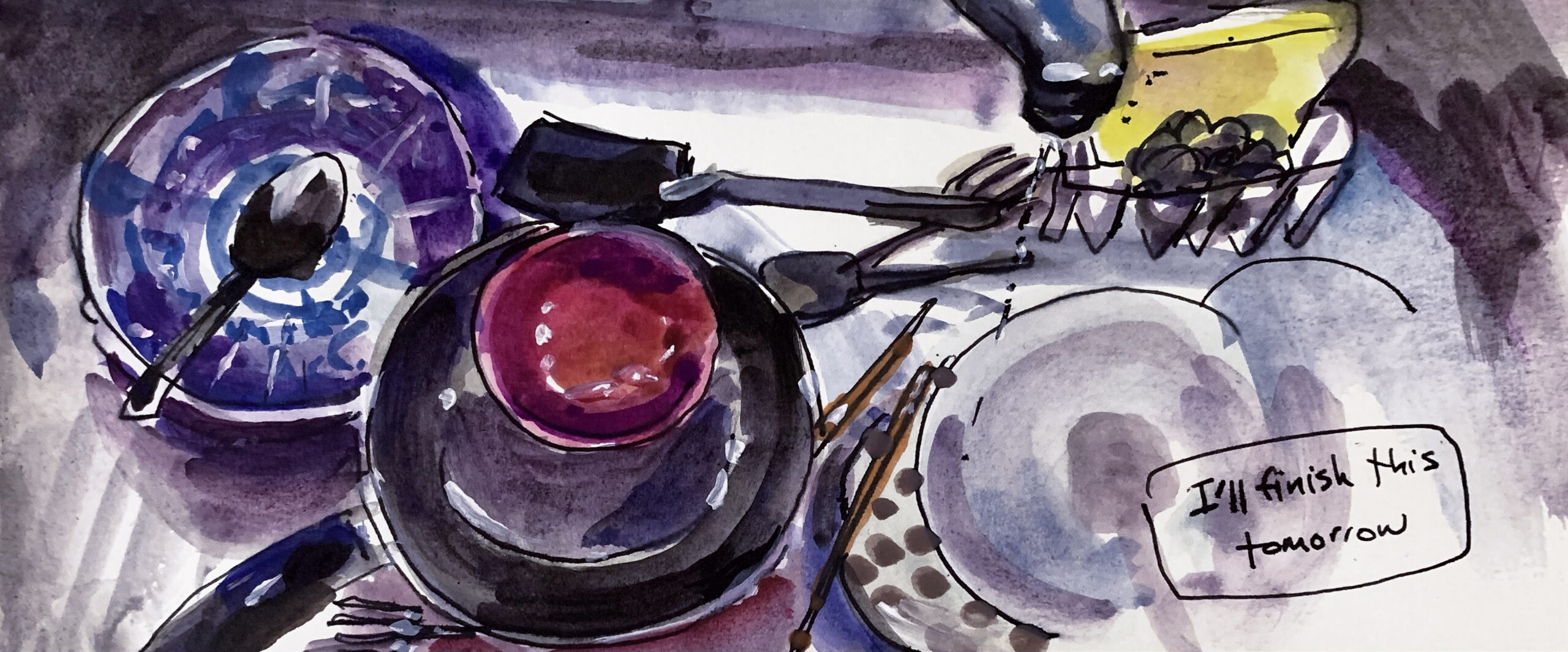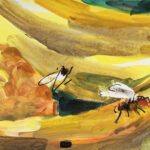Andrés R. Amado is an Associate Professor of Musicology and Ethnomusicology at the University of Texas Rio Grande Valley in Edinburg, Texas.
Toward the end of the novel The Air You Breathe (2018) by Frances De Pontes Peebles, the character Graça, inspired by Carmen Miranda, fiercely argues with her life-long friend and companion Dor. This argument occurs after Graça performed without permission a set of songs that Dor composed. Desperate to save her dying popularity, the diva justifies her actions:
Graça: I couldn’t keep doing the same old thing….You know how important this show was for all of us. It was do-or-die. I needed your act.
Dor: I’m not an act.
Graça: Sure you are. We all are. Everything’s an act, from the minute we wake up and open our eyes.”
Equating performance with reality, Graça’s words challenge traditional views of performance as mostly a façade, something inauthentic and disconnected from reality. They resonate with the famous saying by female impersonator RuPaul Charles, “we are all born naked and the rest is drag,” an act, a performance.
The intuitive separation between performance and the so-called “real world” that these aforementioned quotations call into question has deep roots in Western culture. The word “hypocrite,” used to denounce inconsistencies between a person’s words and behavior, derives from the Greek word “hupokritēs,” which means “actor.”
As a person who studies music for a living, I often find myself surrounded by people who spend countless hours practicing, rehearsing, and performing. They take exception to the notion that whatever emotions or ideas they strive to communicate through performance are not real or are inconsequential simply because they are rehearsed. Instead, having experienced the transformative effects of the performing arts, they advocate for these arts as indispensable to the human experience.
Scholars intrigued by the transformative power of performances have proposed sophisticated explanatory theories. Among them, “performativity” emerged as a linguistic theory to address relationships between language, performance, and reality.
John Austin first introduced the term “performativity” in How to Do Things with Words (1955). In this book, he departed from linguistic studies of the time that concerned themselves with explaining how language represents reality. Back then, linguists generally viewed the world as consisting of stuff they called “signified” and understood language as a collection of “signifiers” that represent the signified. However, Austin proposed that language does more than merely represent reality–it can create it through “performative utterances.”
For example, Austin explained that when a couple stands at a church altar in front of a priest who asks them if they take each other as spouses and they respond “I do,” the “I do” creates a new personal and social reality that did not exist for them before this performative act. Changing one important aspect of their identity from single individuals to a married couple, this pronouncement produces cultural, legal, and social effects in the lives of the couple and of their community.
While Austin drew a distinction between performative utterances and performances (two actors on a stage saying “I do” while performing in a play does not make them actual spouses), other theorists use “performativity” to draw direct connections between different kinds of performance and reality. Among them, philosopher Judith Butler applied performativity to gender roles in her groundbreaking book Gender Trouble (1990). She claimed that no one is born a man or a woman, but one becomes a gendered person through habitual performances of gender roles. In other words, gender is performative. This is not to say that gender isn’t real or is inconsequential. On the contrary, gender is real because of persistent performances of gender norms that consolidate personal and social conceptions of gender.
Consequently, understanding gender as performative not only acknowledges its reality but also helps explain why notions of gender are not universal across times and cultures. My experience teaching music history illustrates this point.

When I introduce baroque music at the court of Louis XIV, I often begin with a discussion of Hyacinthe Rigaud’s famous portrait of the monarch. When I ask students to share their impressions, someone inevitably says, “he looks feminine.” Indeed, he may appear feminine to people in the 21st century because of how femininity and masculinity are performed today, but how was gender performed in seventeenth-century France?
Today, men may show off their biceps as a display of strength and manliness. In the seventeenth century, men showed their legs, like Louis in this portrait. The arbitrary choice of which limb musculature conveys manliness, or that musculature at all does, depends on the specific cultural contexts.
In the portrait, Louis is also wearing shoes with heels. While today a staple of women’s fashion, in the seventeenth century, men’s footwear, not women’s, sported heels. Regarding the king’s dance pose, though stereotypes associating ballet with femininity today abound, the strength, the control, and the elegance with which ballet dancers perform conveyed masculinity at Louis’ court.
With basic understandings of the relationships between gender performance and gender norms, the role performing arts can play in shaping reality becomes evident. Performances can reinforce existing social constructs, can propose different ones as alternatives, or can even expose ways in which reality may also be a performance. Louis XIV understood and used the performative potential of the arts to consolidate his power; and therefore, he blended performance, ritual, and everyday life in all aspects of courtly life at Versailles and used them as tools of diplomacy with world leaders.
Because “performative” has the word “performance” in it, people often assume it simply refers to something performed, and by extension, something rehearsed, calculated, insincere. Starting around 2013, according to Google search tools, this (mis)use found its way into everyday conversations and into news media. Thus, the neologism not only entered public discourse devoid of its academic origins, popular uses contradict the theoretical meaning it was coined to convey.
For example, following the May 2020 murder of George Floyd, a Black man, at the hands of police and the ensuing outrage demonstrated in public protests across the world, activists began to question which anti-racist actions could lead to meaningful change and which would amount to empty gestures that only temporarily assuage feelings of indignation and guilt. The pejorative labels “performative activism” and “performative allyship” began to further circulate in the media to describe the latter.
Considering the origins of “performativity,” then, allyship should be performative: True allyship creates new personal and social realities.
And the problem isn’t merely about ownership of words: misuses of academic terms find their way back into academic conversations and create confusion for the very subjects they were meant to clarify. When I first taught the graduate seminar Studies in Music and Gender in 2015, most students were unfamiliar with performativity until we explored Judith Butler’s work. In 2019, on day one, students inserted the word “performative” in imprecise, confusing ways which made it impossible to have meaningful conversations about performativity until we stopped to discuss the term and agree on definitions.
“Performativity” is only one example of a commonly misused academic term. Most recently, people misrepresent critical race theory and even ban its inclusion in school and college curricula. Academics rightly observe that responses against critical race theory come from people with right-wing political agendas with no substantive understandings of the subject. The U.S. political right does not hold a monopoly on misuses of academic theories, however, as the political left’s pejorative “performative allyship” demonstrates. If the truism that “nothing is as practical as a good theory” should hold and if academics aspire to play active roles outside the proverbial ivory tower, the translation of social theory into activism should at least be accurate.
Meanings of words inevitably change over time. In the case of “performativity,” the current popular usage diametrically opposes what social theorists have articulated for decades. However, understanding the word’s origins will not only avoid confusion when readers encounter it in academic contexts but embracing the academic meaning in daily discourse can also enrich and nuance our conversations about the world around us, as is currently happening with public discussions of “intersectionality.”
I hope “performativity”/“performative” have a similar turn soon. Rather than starting a petition on change.org, as was sardonically done with everyday misuses of “deconstruction,” perhaps, I can get the ball rolling by using it in a sentence here: Let’s perform our best selves to become our best selves, and let our best selves be performative!
Andrés R. Amado is an Associate Professor of Musicology and Ethnomusicology at the University of Texas Rio Grande Valley in Edinburg, Texas.
Art by Michelle Huang. Michelle read this piece and designed an original painting for Conceptions Review. It is inspired by her thoughts and experiences with gender, performance, and semiotics. Michelle is an artist from Sugar Land, Texas, now based out of New York, New York. She specializes in oil painting, known for her expressionist style in both figurative and abstract work. Her website is https://mhuangart.com.
Launched in March 2021, Conceptions Review is interested in the ideas people have about society and the consequences of these ideas. We seek accessible and standalone articles about conception-bending ideas and popular misconceptions. We are open to fields ranging from musicology to history to mathematics to insectology and everything in between.


